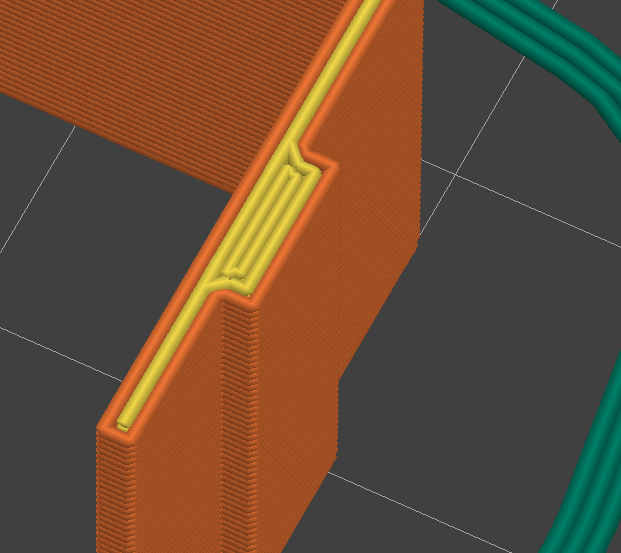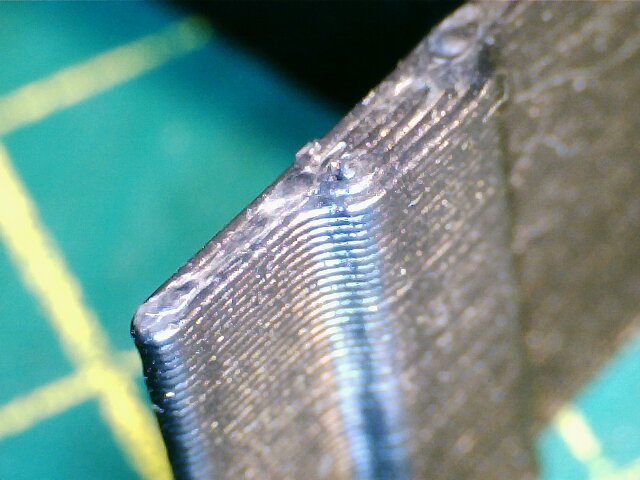3DPrinting
3DPrinting is a place where makers of all skill levels and walks of life can learn about and discuss 3D printing and development of 3D printed parts and devices.
The r/functionalprint community is now located at: or !functionalprint@fedia.io
There are CAD communities available at: !cad@lemmy.world or !freecad@lemmy.ml
Rules
-
No bigotry - including racism, sexism, ableism, homophobia, transphobia, or xenophobia. Code of Conduct.
-
Be respectful, especially when disagreeing. Everyone should feel welcome here.
-
No porn (NSFW prints are acceptable but must be marked NSFW)
-
No Ads / Spamming / Guerrilla Marketing
-
Do not create links to reddit
-
If you see an issue please flag it
-
No guns
-
No injury gore posts
If you need an easy way to host pictures, https://catbox.moe/ may be an option. Be ethical about what you post and donate if you are able or use this a lot. It is just an individual hosting content, not a company. The image embedding syntax for Lemmy is 
Moderation policy: Light, mostly invisible
view the rest of the comments


So, 3d prints will always have a radius on corners that is roughly equal to half the extrusion width. This is because the nozzles are circular, and the plastic comes out in a circular cross section.
From what I can tell on the picture of your part, you have a relatively wide extrusion width set up. what's the sliced width? what's the size of your nozzle?
If you want very sharp corners, you'll need to drop down to a smaller nozzle diameter to maintain other aspects of print quality- generally extrusion widths should be at least the width of the nozzle. The reason being is that your printer relies on getting good 'squish' to keep the layers adhering stronger, and the way a printer gets narrower extrusion widths is by 'stretching' the filament along, which kind of weakens things.
If you're using prusa slicer, it's a simple matter to reduce EW specifically on external perimeters and get a nice print without sacrificing too much in the way of strength, but if the difference between internal perimeters and external perimeters are too large... things may go wonky. at that point, it might be prudent to drop down to a smaller nozzle diameter. (which prints things slower.)
A minor word of warning, however. Fillets and chamfers are important aspects of design. having sharp corners looks good, sure, but putting a fillet or chamfer on an internal corner makes a stronger part.
The part is just pretty small, I have the EW set to 0.45 mm withe 0.4 nozzle. But I will try turning it down further.
The rounding looks much more extreme than what I would expect or have seen on other printers I worked with (mostly Ultimakers).
Huh. Maybe it’s just the perspective, it looked maybe closer to .6mm.
Just to verify, you’ve checked that the printer extrudes .45mm of width when called? (Tuning extruder esteps and extrusion multiplier, and double checking filament diameter,)?
As a sanity check, I’d compare the overall width of the part to what you were expecting.